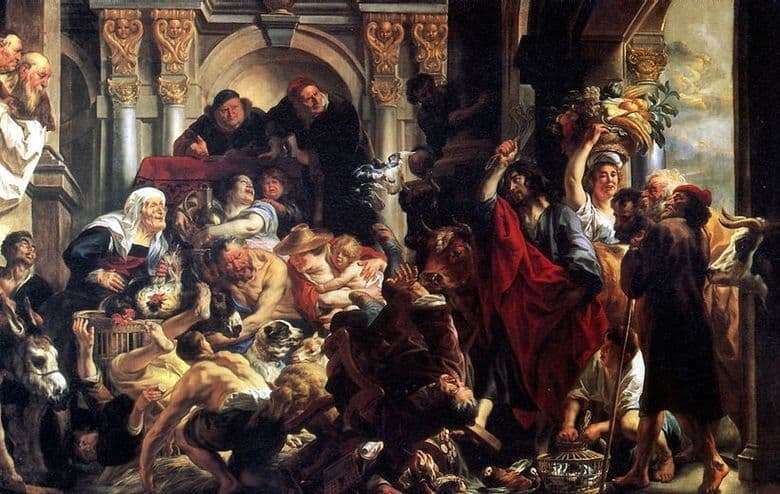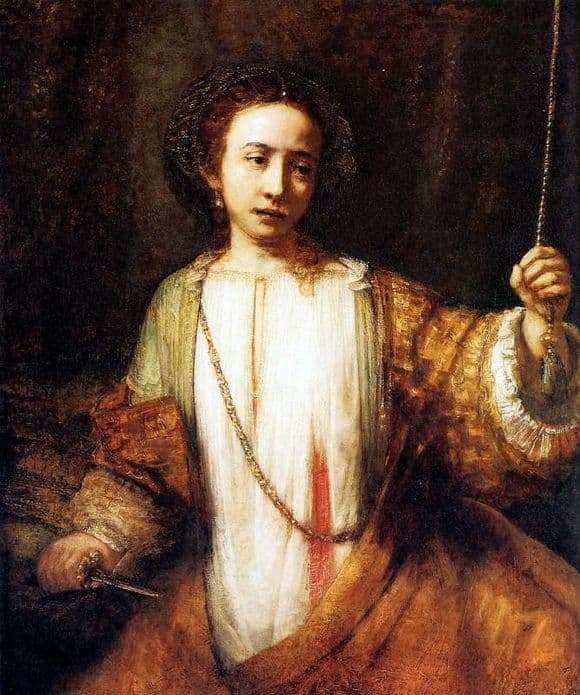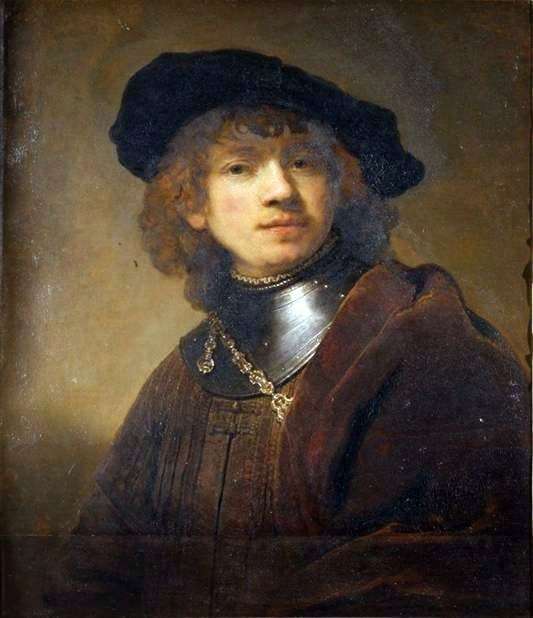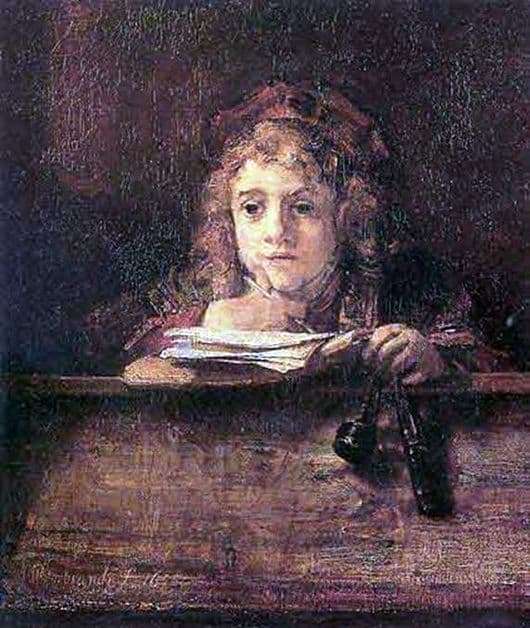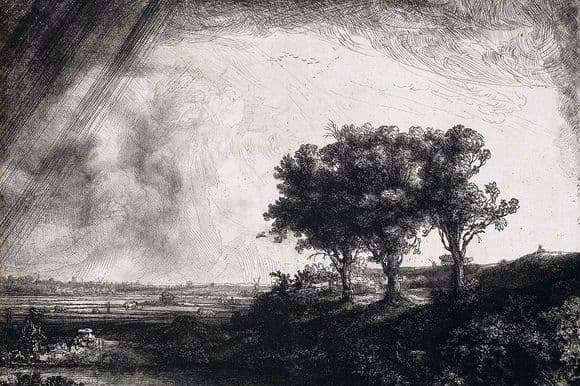
The greatest master of etching and painting combined his observations in his plots and transformed them into sketches. He observed plain landscapes in his homeland in Holland, they were a familiar and favorite type of image of nature. Rembrandt’s genre and natural scenes made a revolution in art, rejecting parade and static.
“Three trees” – the famous landscape engraving conveys the dynamic state of nature. This etching is distinguished by an unusual plot of the artist. It depicts nature in a stormy state during a thunderstorm.
These signs are indicated by a rectilinear hatching, skilfully depicting a downpour, the left side of the sheet has a darker drawing, which conveys a feeling of lack of sun that hid behind the clouds, and thunderstorm clouds curl low. With a tone on the board, the artist draws the impression of steam from the earth. A rich play of light and shadow, the rhythm and smoothness of nature has been transformed into the etching.
The dominant images are three trees that bend in a gust of wind. According to some studies, trees are a grotesque – an interpretation of the three crosses and a symbol of the variability of the world.
The picture shows the towers of the city, it is enlivened by the presence of people and pets. A flock of birds flies away from the thunderstorm. There is a fisherman on the shore, and an artist is located on a hill next to a cart. A couple of lovers hid in dense thickets.
This is the largest landscape etching Rembrandt. He has the finest nuances, rhythm, mobility and variety of strokes.
Description of the painting by Rembrandt Harmensz van Rijn “Three Trees”
